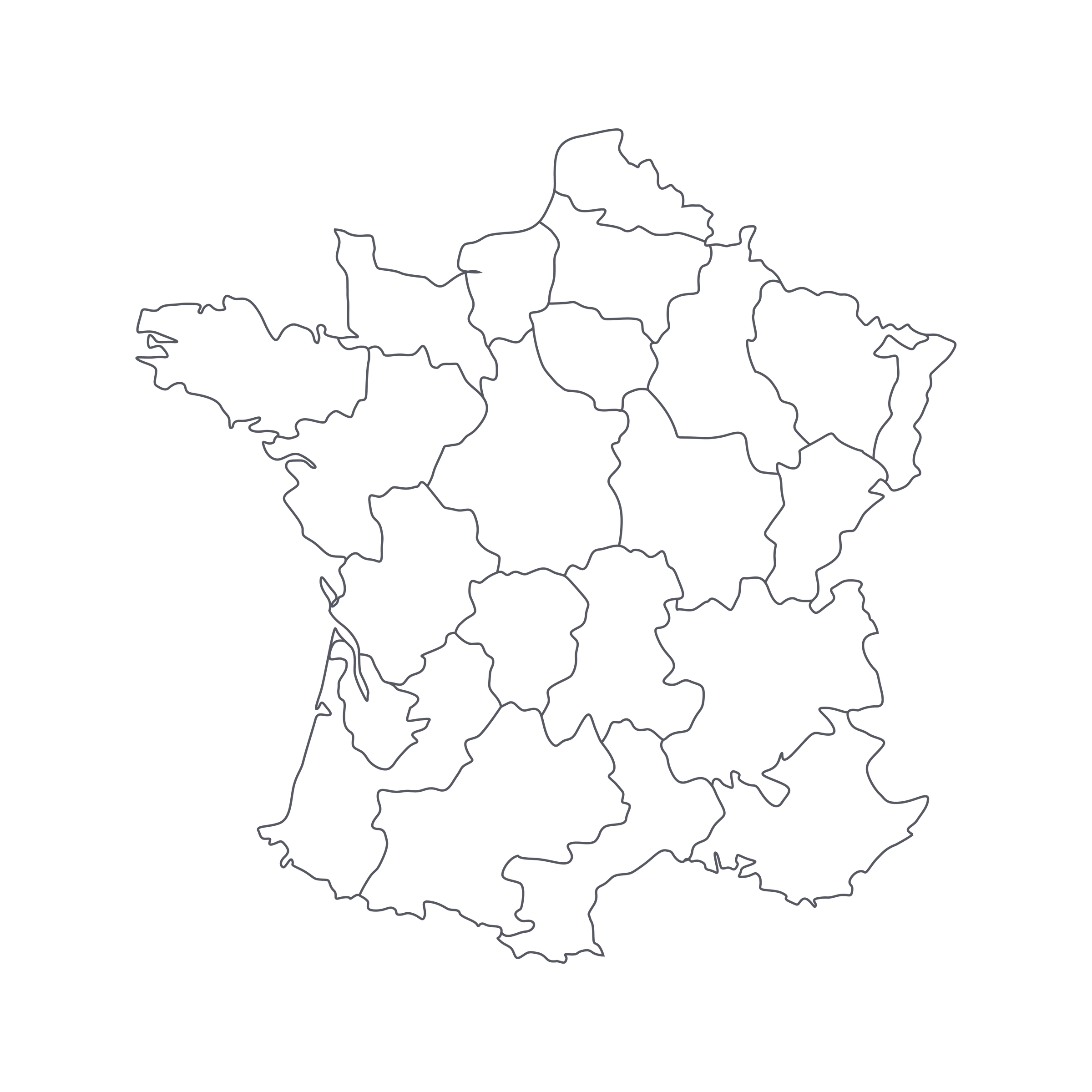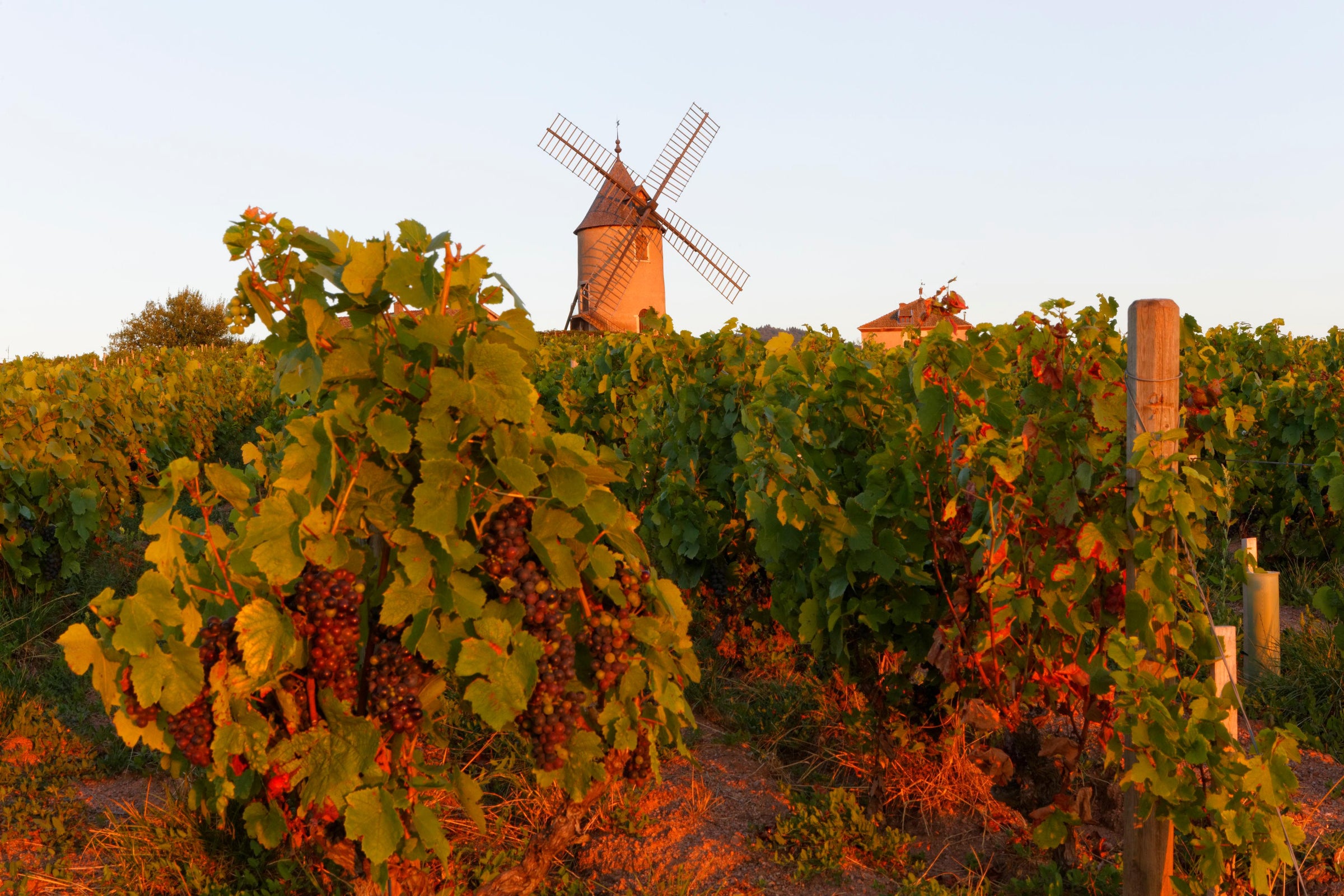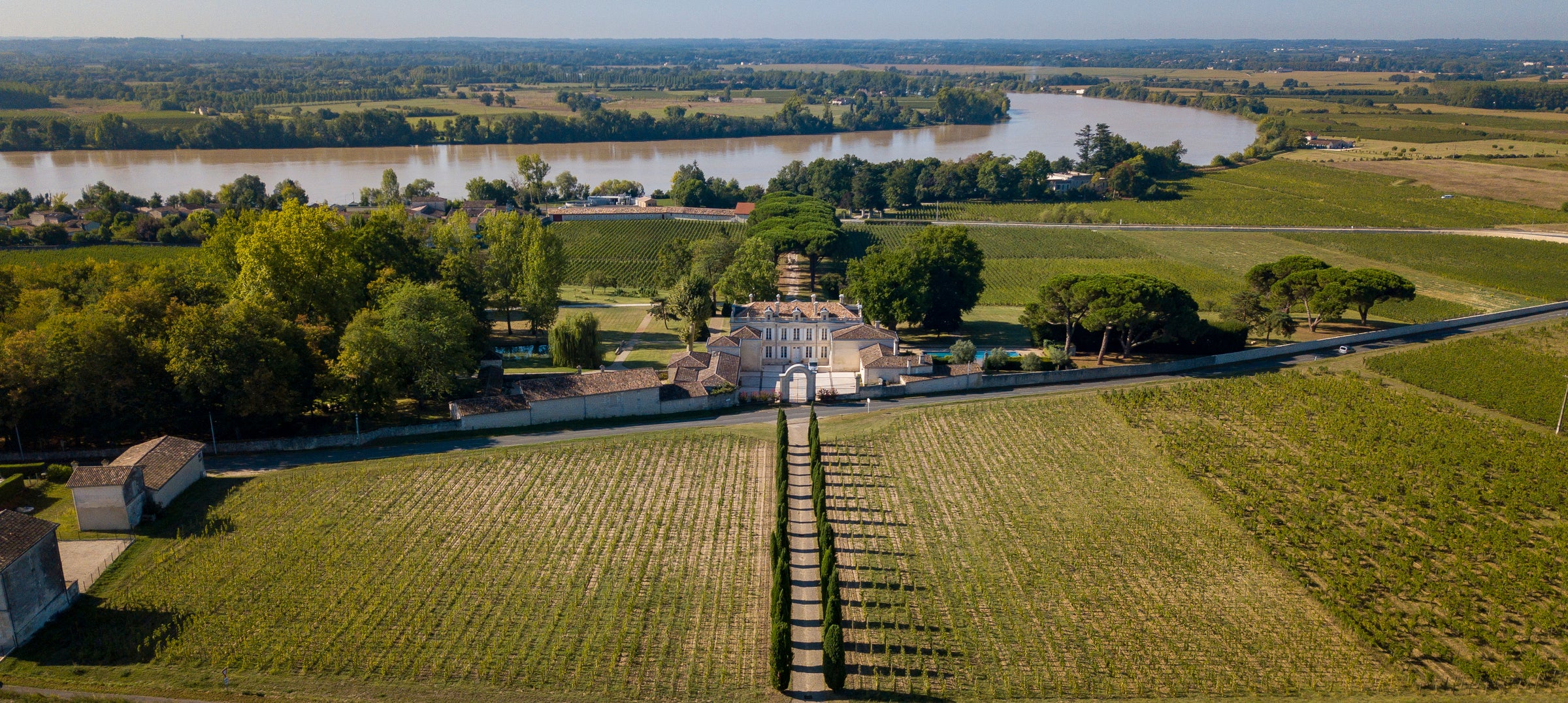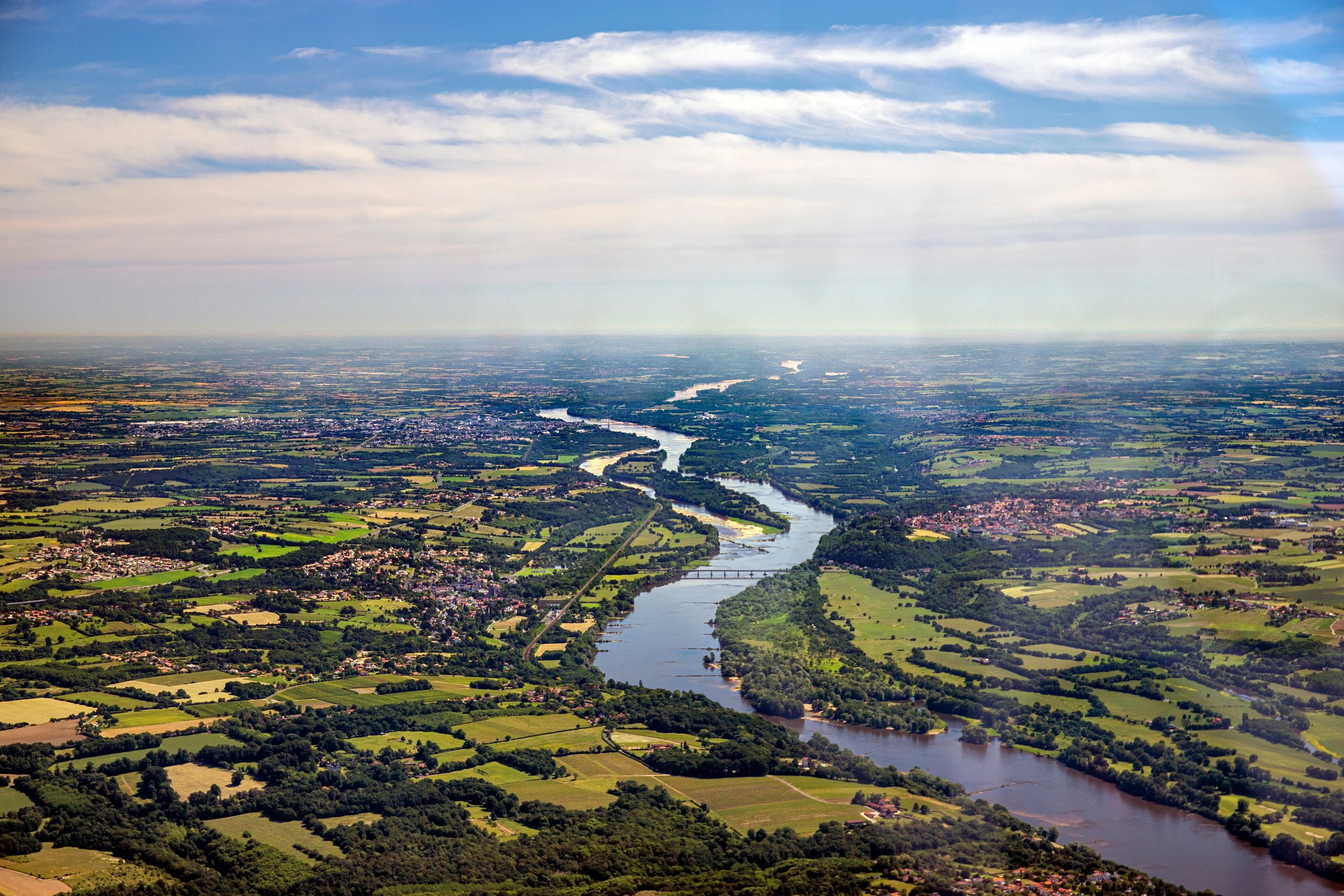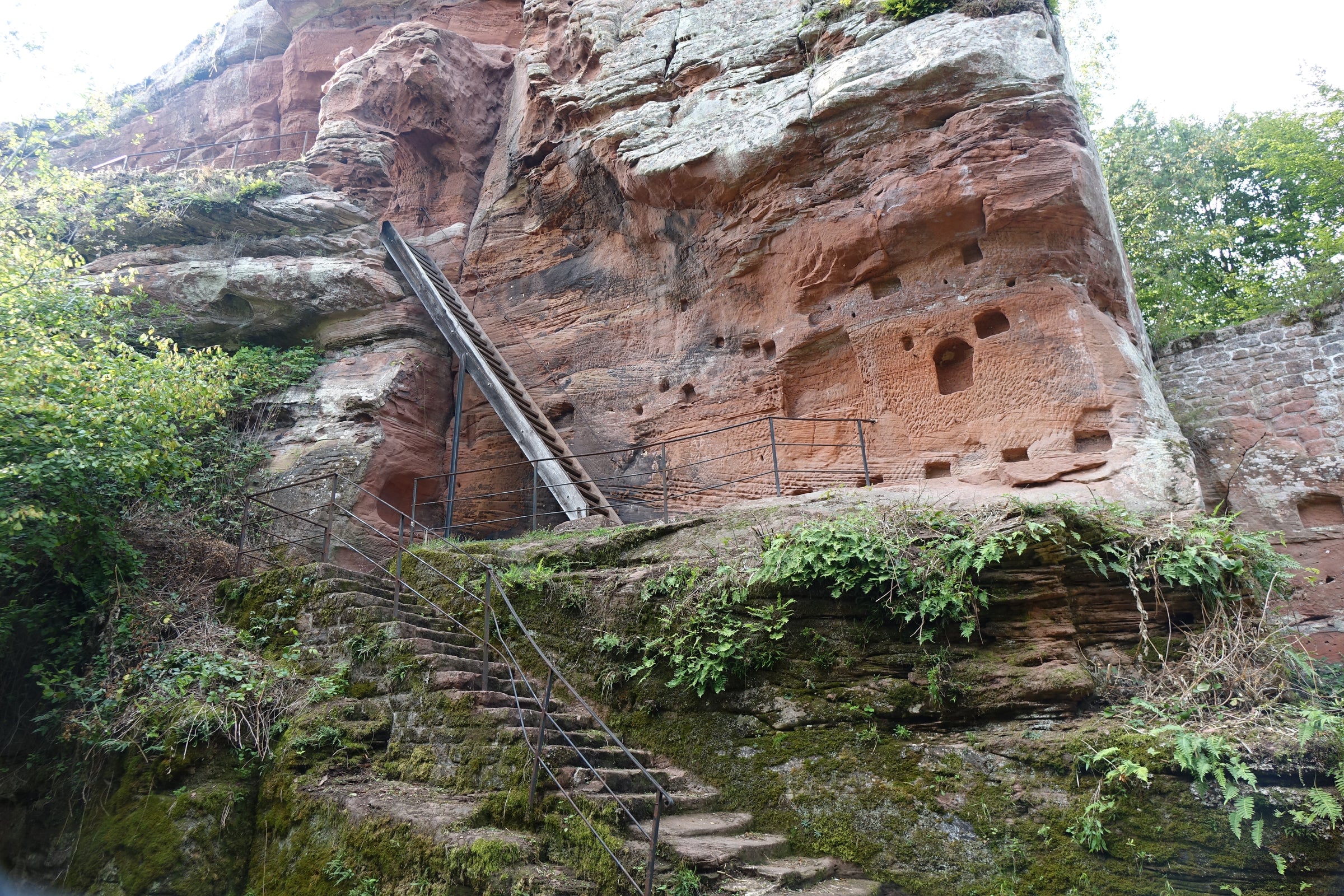Happy Thanksgiving! There is a high probability you have a house full of people and a glass of bubbles in hand as you read this. And if you have an affinity for drinking Champagne you are aware of the cost of this habit.
We’d like to offer some relief: This exceptional sparkler from Val de Mer, a side project of Chablis phenom Patrick Piuze, is a ‘Champagne’ in every way but name—and price. Crafted from Chardonnay sourced from choice parcels near the Chablis village of Tonnerre, and bottled without the addition of a dosage, this is serious blanc de blancs you can afford to serve at scale. It simply does not get any closer to Champagne—literally and figuratively—than this. If you’ve got more big holiday parties planned, or have some client gifting to take care of, we can’t think of a better wine to recommend than this one. Just be sure to save a few bottles for yourself!
Savvy sparkling wine drinkers know that the Champagne “brand”—expertly cultivated by its otherwise competitive producers—carries a premium with it. The term crémant, applied to French sparklers made in the Champagne “method” in regions outside of Champagne, is a big tip-off for value hunters: In the case of Crémant de Bourgogne, for example, it denotes a wine whose terroir, technique and raw materials (Chardonnay and/or Pinot Noir) are every inch as noble as Champagne’s. At Val de Mer, Piuze does not use the Crémant de Bourgogne designation because he doesn’t follow the AOC’s production prescriptions to the letter (he uses a proportion of “press wine” in his final blend to lend depth to the wines). So you’ve got a wine labeled with the humble-sounding “French Sparkling Wine” moniker that is anything but humble. Taste it, and you’ll see: there’s a penetrating, persistent energy to it that only the best sparkling wines have.
It truly is as close to Champagne as you can get. The distance between Chablis, the heart of Burgundy’s most northerly growing zone, and Reims, the heart of the Champagne region, is about 125 miles. Chablis is actually closer to the Aube district of Southern Champagne than it is to towns like Beaune or Nuits-St-Georges, in the “heart” of Burgundy. The soils in both Chablis and Champagne are both dominated by chalky limestone and flint. See where I’m going here?
As for Patrick Piuze, he is one of Burgundy’s most visible rising stars. In addition to his impeccably crafted range of Chablis wines, Piuze (who’s crazy for Champagne) partnered with a Champagne house, François Moutard, in the Val de Mer venture. The Val de Mer sparklers (we offered their delicious rosé of Pinot Noir earlier this year) are made from estate-grown grapes as well as fruit purchased from a broad network of growers – with whom Piuze enjoys long-standing relationships. This wine is 100% Chardonnay from 25-year-old vines in Tonnerre and is aged on its ‘lees’ (the spent yeast cells that remain after its second fermentation in bottle) for about nine months, which lends a biscuity, bread-dough quality to the wine. There’s great palate weight and persistence, and a firm, chalky minerality that speaks to the Kimmeridgian limestone of Chablis. In addition, there’s no dosage of added sugar used in this wine: it is deep and rich enough on its own, while also being refreshingly, vivaciously bone-dry.
If I were blind-tasting this wine, I’d peg it as a blanc de blancs Champagne based on its firm, mineral structure, bright and abundant apple fruit, oyster shell savor, and creamy palate weight. It is mind-blowing how much this stuff over-delivers, and I don’t just want it as an apéritif, I want it with some food! Ditch the flutes and serve this not-overly-chilled in some regular white wine glasses, alongside some cheeses, Serrano ham, olives…really any of the appetizers that might precede your holiday meal. This takes “house sparkling wine” to a new level. I know I’ll be clinking glasses with it repeatedly this season—here’s hoping you do, too!
(Please note: Our image above is of the previous release, the new, improved label is pictured here.)


